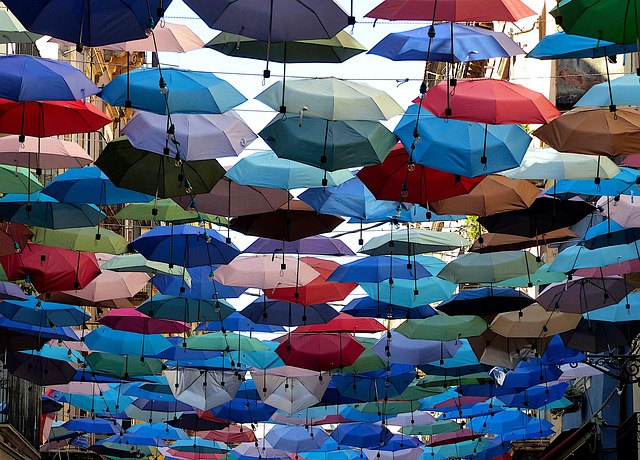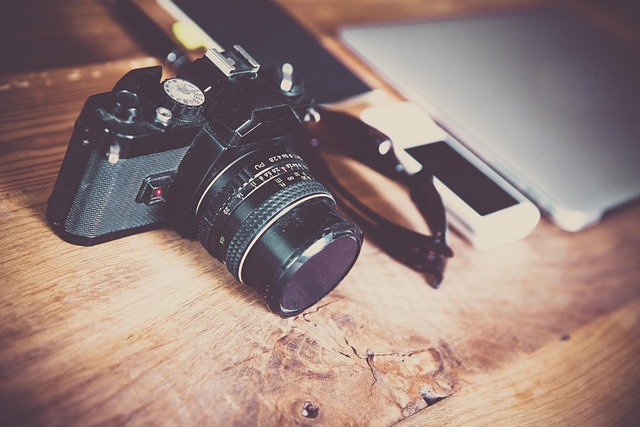In the high‑stakes world of television production, the set designer occupies a unique intersection of art and engineering. While the camera crew captures the final image, it is often the unseen work behind the scenes—color palettes, spatial layout, lighting cues—that shapes the audience’s experience. Today, a set designer’s responsibilities are expanding beyond traditional set dressing to include mastery of advanced display technology. From choosing the right monitor to interpreting HDR data, these visual tools have become essential components of modern set design.
From Paint to Pixels: The Evolution of Set Visualization
The first generation of set designers relied on physical models and sketches. Paper templates, watercolor washes, and scale mock‑ups helped visualize complex spaces. As television budgets grew and audiences demanded higher fidelity, the industry shifted toward digital previews. 3D rendering engines, such as those used in pre‑visualization software, allowed designers to simulate lighting and camera angles before a single brick was laid.
- Initial reliance on physical mock‑ups and hand‑drawn plans.
- Transition to 3D rendering and virtual sets in the early 2000s.
- Current era of real‑time visualization using high‑performance GPUs.
Monitors as Extension of the Design Studio
For a set designer, a monitor is more than a display; it is an extension of the creative studio. The ability to see accurate color, contrast, and spatial detail on a high‑quality screen informs decisions about set materials, paint finishes, and lighting fixtures. Several key specifications help a set designer evaluate monitor performance:
- Resolution: 4K (3840 × 2160) is the baseline for most broadcast work, while 8K (7680 × 4320) offers future‑proofing for ultra‑high‑definition broadcasts.
- Color Gamut: Wide gamut displays that cover 95 %–98 % of DCI‑P3 or Rec. 2020 provide a faithful representation of HDR content.
- Refresh Rate: Variable refresh rate (VRR) and 120 Hz options reduce motion blur and improve the preview of fast‑moving scenes.
- Calibration: Hardware calibration devices and support for ITU‑REC G.15 or SMPTE ST 2086 standards ensure color consistency across production and post‑production.
“When you can see the subtle shift in a wall paint’s hue under a warm lamp on a calibrated monitor, you can make a decision with confidence,” notes one senior set designer.
Display Technologies Shaping Television Production
Modern set designers must understand the nuances of various panel technologies to match the visual needs of each production.
- LCD (LED‑backlit) – Offers good brightness and uniformity; common in studio control rooms.
- OLED – Delivers deep blacks and high contrast; favored for color‑critical tasks.
- Mini‑LED – Combines high brightness with localized dimming, improving HDR performance.
- MicroLED – Emerging technology that promises near‑infinite contrast ratios and low power consumption.
Each panel type introduces different challenges. For instance, an OLED monitor may exhibit burn‑in risk when displaying static UI elements for extended periods, a concern that set designers must mitigate by implementing screen‑refresh techniques.
Integrating Monitors into the Production Workflow
Modern television sets often require a robust monitoring ecosystem. A typical workflow might involve:
- Design software (e.g., 3ds Max, Maya, or Unreal Engine) renders a high‑resolution preview.
- Color‑managed workflows export files in DCI‑P3 or Rec. 2020, ensuring consistency.
- On‑set monitors receive the preview over HDMI‑2.0 or DisplayPort, allowing real‑time adjustments.
- Data from the camera’s RAW feed is routed to a calibration engine that synchronizes with the monitor.
In this chain, the set designer acts as a gatekeeper for visual fidelity. By actively monitoring the data stream, they can catch color drift, contrast loss, or lens distortion before the footage is captured.
Color Management: The Cornerstone of Visual Accuracy
Color accuracy is critical not only for the aesthetic appeal of a show but also for brand compliance and regulatory standards. A set designer must navigate several color management layers:
- Hardware calibration: Using spectrophotometers and colorimeters to set a monitor’s ICC profile.
- Software LUTs (Look‑Up Tables): Applying industry‑standard transforms to convert between color spaces.
- Production pipeline integration: Ensuring that the final broadcast signal meets the target gamut and gamma curve.
Many set designers now leverage software tools that automatically generate and update LUTs based on real‑time camera data, simplifying the process and reducing errors.
Lighting and Display Synergy
Lighting is the unseen force that defines a set’s mood. By coordinating lighting rigs with display technologies, a set designer can simulate complex interactions:
- Using LED light panels that provide programmable color temperatures to match monitor gamuts.
- Applying HDR-compatible lighting fixtures that preserve contrast ratios on high‑dynamic‑range displays.
- Employing real‑time lighting simulations in the same engine that renders the set model.
When lighting designers, set designers, and display engineers collaborate, the result is a cohesive visual narrative that translates seamlessly from the creative vision to the finished broadcast.
Future Trends in Display Technology for Television
The pace of innovation in display technology promises new opportunities for set designers. Several emerging trends are poised to redefine how sets are visualized and constructed:
- AI‑driven color grading tools that adapt monitor settings in real time based on scene analysis.
- Hybrid OLED/Mini‑LED panels that combine the best attributes of both technologies.
- Augmented reality overlays that project virtual props onto physical sets for instant visual feedback.
- Edge‑processing on monitors to offload rendering tasks and reduce latency.
Adapting to these technologies requires continuous learning. Set designers who stay abreast of hardware updates, software patches, and industry standards will be able to push creative boundaries while maintaining technical reliability.
Building a Sustainable Monitoring Ecosystem
Beyond performance, sustainability has become a pressing concern. Modern set designers are exploring low‑power monitors, recyclable materials, and energy‑efficient backlighting. Many studios now adopt renewable energy sources for their control rooms, and monitor manufacturers are offering extended warranties that include energy‑saving modes.
By choosing monitors that balance performance with environmental responsibility, set designers can demonstrate leadership in both creative and ecological spheres.
Conclusion: The Set Designer as Visual Architect
In the age of high‑definition broadcasting, a set designer’s role has evolved into that of a visual architect who orchestrates color, light, and technology. Mastery of advanced display technology—understanding monitor specifications, color management, and workflow integration—enables set designers to create immersive environments that resonate with audiences. As new display innovations arrive, those who blend artistic intuition with technical expertise will continue to shape the future of television production.




